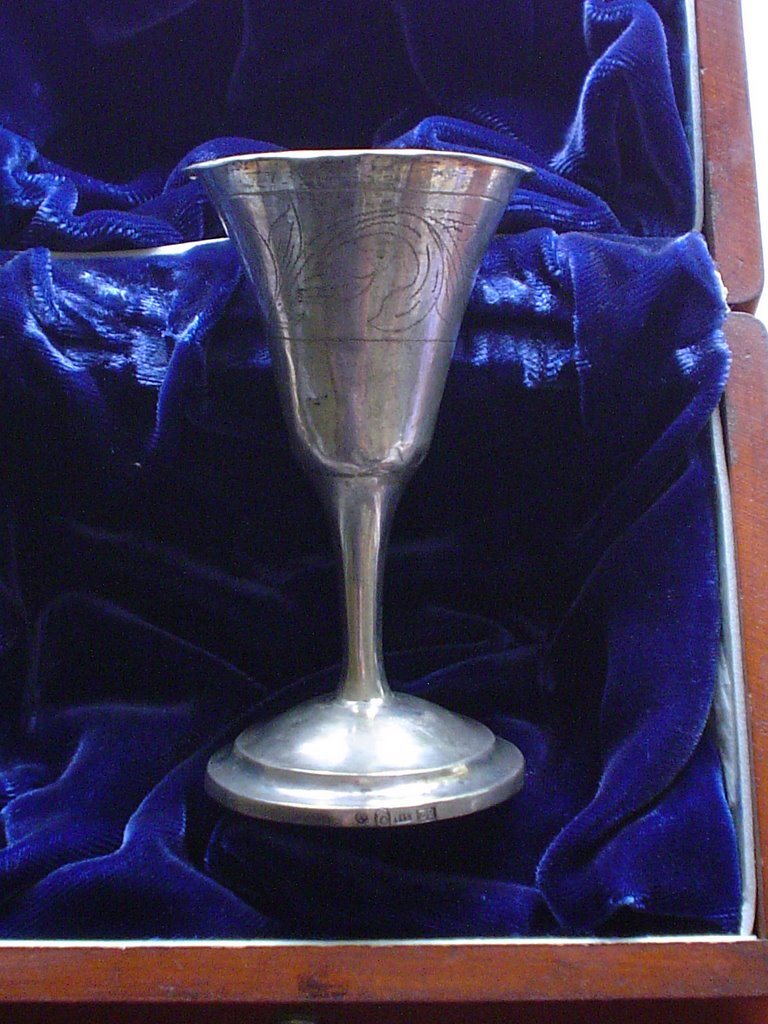The documents were lost and the information has been passed along "word of mouth" so I am uncertain of the true facts. The date of origin that keeps being passed along is 1621.
Can anyone please tell me a little about this little chalis?




The cup has been handed down to the eldest male member of each generation upon their wedding day so thus we call it "the Wedding Chalis". The tradition dates back to before 1822.Matulda wrote:Why do you call it a wedding chalis?